New generations of diamond buyers are more socially aware and care about where the stones that they are purchasing are sourced from. This concern is particularly pronounced among Millennials, with many consumers shunning diamonds altogether in favor of more ethically-produced jewelry. This is why tracing diamonds back to their origin is highly important for both retailers and customers alike.
People want to buy ethically sourced, conflict-free, natural diamonds. And thanks to advanced technology, it is now possible to do so.
Why the Traditional Diamond Grading System is Becoming Obsolete
Traditionally, a diamond buyer is offered information about “The 4 Cs”: color, clarity, cut, and carat. This is a universal grading system set up by the Gemological Institute of America (GIA) for establishing the quality and value of diamonds. Anyone who is interested in purchasing a diamond can get a report on these aspects of the stone, but are left clueless with regard to the pathway of the gem, from being rough in the mine to a piece of jewelry in the shop.
Expectations among customers are changing. Millennials and Generation Z aren’t just looking for a stone; they need assurances that the products they buy are ethically sourced and produced. They care about the mining process being environmentally friendly, and about providing employment to local communities.
With consumers questioning the source of their diamonds, it is vital for retailers to raise their standards and tap into the technology that can prove the responsible sourcing of their gems. If they can’t win the trust of consumers, retailers will lose their customers, and ultimately, revenue.
The Rise of Diamond Traceability Systems
With changes in consumer demand, retailers are recognizing the need for transparency at every stage of the supply chain. As part of their in-store experience, consumers are gaining access to new technologies that offer transparency about the diamond journey life cycle from the diamond mines to the manufacturers, diamond graders, and retailers.
Most of these technologies have been developed over the past few years. Blockchain technology, for example, is known for its apparent resistance to being tampered with. This technology is now being used to provide secure supply chain certification by global enterprises such as Everledger and IBM. Certification data travels around the world with the diamonds as they pass from hand to hand on their path to the customer.
In addition, new laser technologies have been developed to capture the internal fingerprint of every diamond by shooting a high-intensity laser into the stone. This “fingerprinting” technology is also used as part of the diamond certification process. Over the past two years, customers have been offered more than basic information on the traditional 4Cs, with certified videos and photos available at different stages of the diamond’s journey, from rough stone to polished gem. QR codes, which are a type of matrix barcodes, are now also provided for certified diamonds. All of this is a testament to the real widespread changes that are felt in-store as part of the purchasing process.
A New Way to Tell a Diamond’s Unique Story
Sarine’s Diamond Journey™ report helps the consumer by providing the full and unique journey of each diamond and presenting it in an accessible, interactive, and engaging way. As a result, this also helps the retailer by boosting in-store sales.
Right from the start, Sarine captures information about the rough diamond’s extraction from the mine. Diamonds are formed over millions of years, and take on part of the character of where they come from; whether it’s the frozen plains of Canada, deep below the Botswanan soil, or in the seabeds of Namibia. No two diamonds in the world are the same. Sarine works alongside their partners at the mines to record the diamonds’ origins before they are cut and sold.
The Sarine Diamond Journey™ report is the only traceability report that uses technology to provide information about a diamond’s full journey, so retailers and consumers can be sure of the diamond provenance. At Sarine’s AI lab, the latest technology is used to authorize and certify gems on a stone-by-stone basis as they travel from the mine to the store.
Sarine’s diamond verification technology was unveiled as a prototype for the first time at the jewelry industry’s premier trade show, JCK Las Vegas 2019, and will soon be available to diamond retail stores worldwide. Sarine inscribes and registers each individual diamond with its “fingerprint” validation solution. Each diamond’s provenance, characteristics, and properties are collected and authorized, then stored in Sarine’s secure Cloud. Retail systems will be able to access the secure Cloud and customers who are interested in purchasing a diamond, whether as a loose stone or as a mounted diamond ring, can then download a link to that specific diamond’s report, and have immediate comprehensive access to that diamond’s unique story.
 Picture of Sarine TruMatch™ system at the JCK 2019 Show
Picture of Sarine TruMatch™ system at the JCK 2019 Show
Ethical, Peaceful, and Secure
Having real-time access to every diamond’s certified ID through a detailed, digital certificate is a massive leap forward that has changed the face of the diamond retail market. For the first time, customers and retailers are able to understand the story behind the stones they are handling, ensuring that they are ethically sourced, conflict-free, and free from fraud.
Sarine's Diamond Journey™ is changing the face of in-store diamond transactions, making the process a genuine and meaningful experience for customers and retailers alike. Contact us for more information on our AI-powered diamond certification system.






-1.jpg?width=310&name=blog_image%20(003)-1.jpg)





